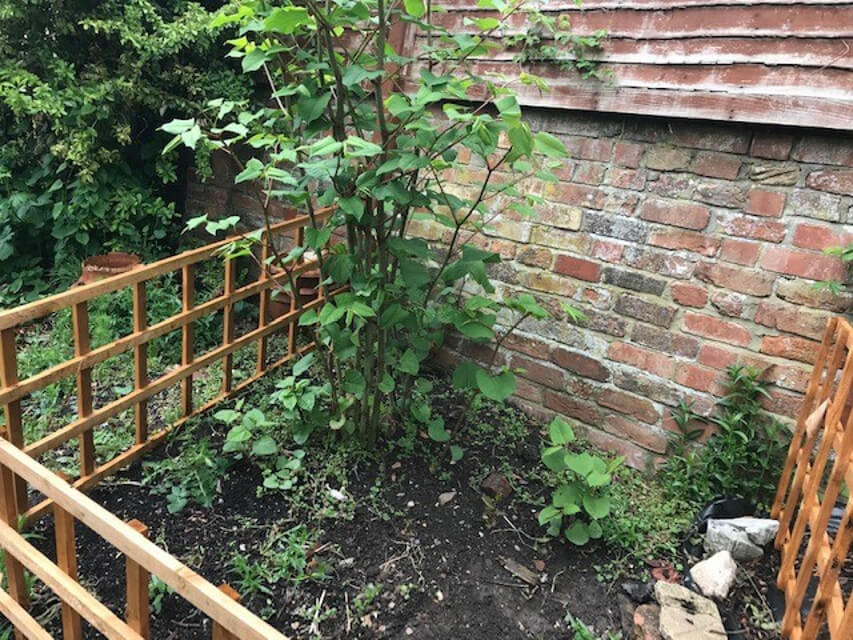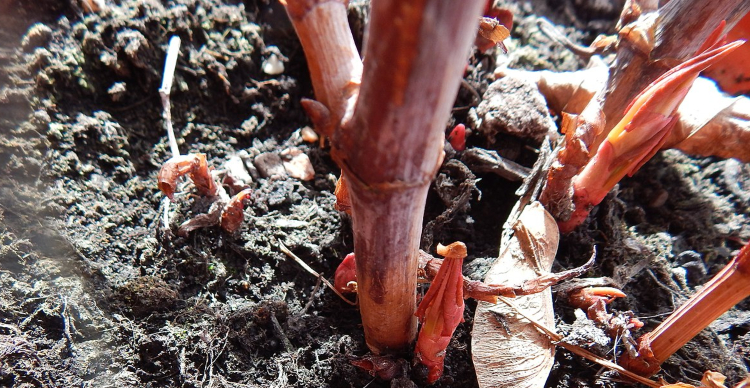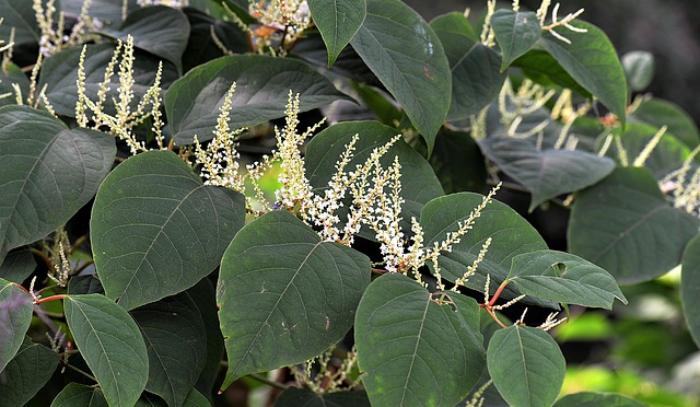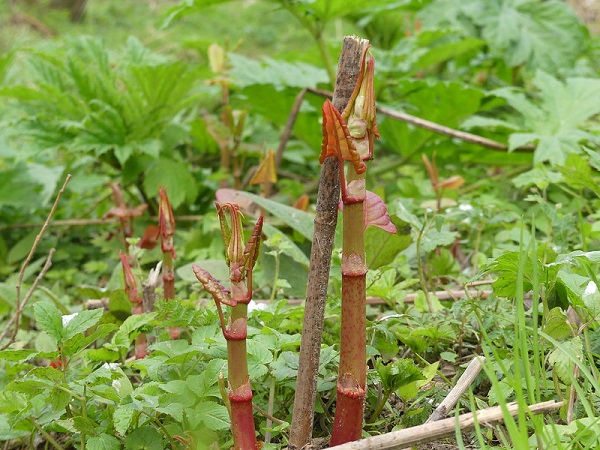
Japanese Knotweed can be a tricky plant to identify due to the fact its appearance changes throughout the year. It can also look quite similar to other plants like Bindweed, Russian Vine, Bamboo and Broadleaf Dock.
Fortunately, there are a few defining features of Japanese Knotweed to look out for. If you need help identifying Japanese Knotweed, read our handy Japanese Knotweed identification guide.
More...
Japanese knotweed is an invasive species that’s well known for its fast growth and its ability to reach heights over 6 ft tall – but what does it look like when its still growing?

This photo by Crouch, Swale is licensed under CC BY-SA 4.0
Many people can easily identify a fully grown knotweed plant by its distinctive large, heart shaped leaves and bamboo-like canes, but if you’ve found your way to this blog, you’re likely looking for advice on how to identify Japanese knotweed when it first appears.
More...

As an herbaceous perennial, Japanese knotweed dies down in the winter. Because Japanese knotweed changes with the seasons, it can be difficult for untrained individuals to confidently identify it.
Knotweed looks different in every season – with autumn drawing to a close and winter well on its way, you may be looking for some advice on identifying Japanese knotweed throughout the seasons. If you’re looking for a knotweed winter identification guide, you’re in the right place!
More...

Japanese knotweed (Fallopia japonica) is a herbaceous perennial. What this means is that, at the end of every autumn, the plant dies down and its roots lie dormant throughout the winter. It regrows its shoots in spring and reaches peak growth in the summer months, when it can grow by as much as 10 centimetres per day!
This cycle means that knotweed looks completely different at different times of year, sometimes making it tricky to identify. It's March at time of writing, which means we're approaching that time of year when we can expect Japanese knotweed shoots to start popping up.
More...
